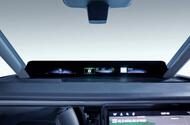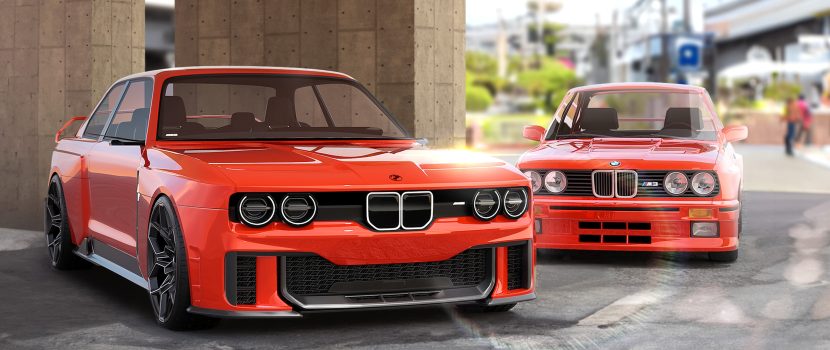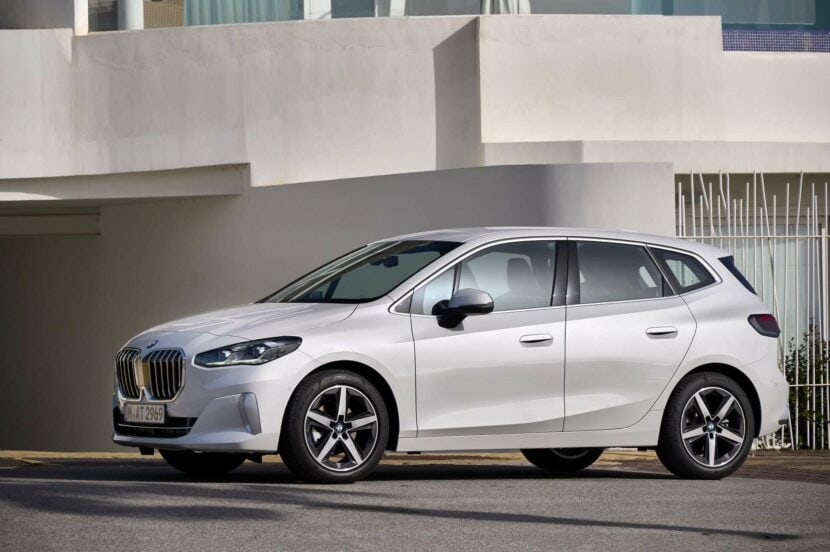In-car tech maker says new system puts simple, crisp graphics on windscreen’s ‘frit’
A car travelling at 60mph covers almost 27 metres in one second – the length of a grand slam tennis court and a bit more. Linked to the driver’s reaction time, it’s a frighteningly long way – and underestimating the distance cars travel at speed is one way distracted drivers get into trouble.
Harman, maker of audio and in-car tech, has come up with an alternative to a head-up display to reduce the time it takes for drivers to gather information.
Called Ready Vision Qvue, it displays information on the black reflective strip at the base of windscreen glass, called the ‘frit’. This would be extended slightly further up from the base of the screen to increase the display area if adopted for production.
Because the display is closer to the view of the road ahead, the driver’s peripheral vision plays a part in what’s happening there, rather than dropping their eyes down inside the cabin to a dash-mounted display.
According to Harman, drivers may spend 0.5sec to 1.0sec glancing at the new display compared with 1.0sec to 2.0sec for a central infotainment screen or as much as 2.5sec to view a third-party smart device.
By coincidence, 2.0sec is a key timescale in relation to driving safely. The well-established ‘two-second rule’ is designed to make judging a safe distance easier by picking a spot on the side of the road and counting the time it takes to pass it after the car in front has.
But even when sticking to it, eating into the 2.0sec by searching for information on displays is potentially risky.
Displays and touchscreens in particular have been blamed for causing more problems of distraction than they solve, but the name of the game has to be to keep the driver’s line of sight on or close to the road.
Head-up displays (HUDs) go some way to doing that and have evolved in certain cases by including augmented reality, but HUDs can still introduce a degree of visual complexity directly in the driver’s eyeline.
Harman’s new system is less F-16 fighter jet and more aligned with conventional car instrumentation to look at but set higher than it would be possible to mount physical instruments.
A projection reflective display, it works using two Samsung horizontal displays that project an exceptionally crisp image with a “low halo effect”, which means the blurring of the edges of characters is reduced to give a sharper image.
The outcome, claims Harman, is readability in all conditions and information appearing straight in front of you.
The plan is to also pair the system with technology called Harman Ready Care, which can detect if the driver is experiencing a high cognitive load and reduce the amount of information displayed until the workload eases.
Source: Autocar RSS Feed


